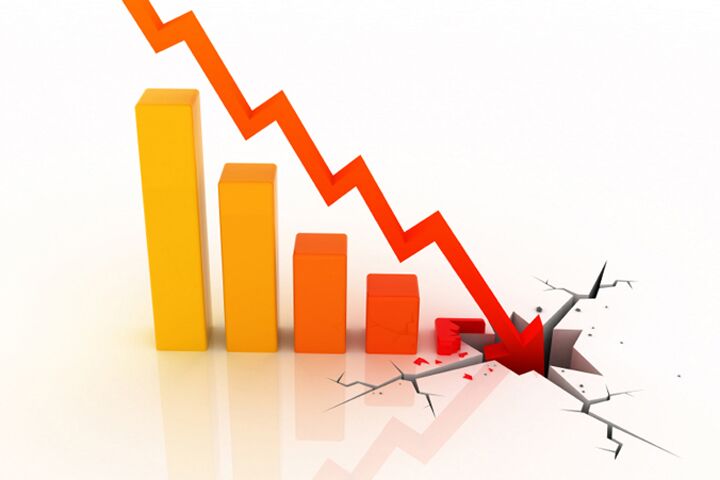
General Growth Bankrupt: More Trouble Ahead?
The second-largest mall owner in the country, General Growth Properties Inc., declared bankruptcy last Thursday. After amassing an astounding $27 billion in debt, it is now the biggest real-estate failure in U.S. history. Bankruptcies of historic proportions are a clear indicator that any reported sightings of economic “green shoots” are vastly overstated.
Following months of speculation, General Growth succumbed to the inevitable drag of debt, and filed Chapter 11. Unable to find new creditors willing to pay off previous loans that had come due, 158 malls are now involved in bankruptcy proceedings.
The collapse highlights not only the dangers facing a highly indebted corporate landscape, but the pressure that commercial real estate and thus banks will soon be facing.
“This is kind of the beginning of the end” for the commercial real-estate market, says Dan Fasulo of Real Capital Analytics. “This bankruptcy will drive down the values of mall assets in the United States. It’s going to put, I believe, more supply on the market than can be absorbed by investors.”
The Federal Reserve also acknowledged increasing commercial real-estate pressures with the release of its Beige Book on April 19, saying that non-residential property had continued to deteriorate over the past six weeks, with higher vacancies, more rental concessions and falling property values.
Translated, that means “look out below,” says Baltimore personal finance examiner Steve Christ.
The coming year will be “a lot worse” for commercial real estate as property owners find it much more difficult to make payments or refinance debt, says David Henry, president of U.S.-based Kimco Realty Corp. “We have a massive wave of debt maturities coming … and there will be a massive amount of workouts, there will be some extensions, but there will also be some very high-profile bankruptcies, very high-profile forced sales.”
After being slammed by residential real estate, the banking sector is urgently trying to develop contingency plans for the commercial meltdown. “Inside reports speak of grand internal sandbag projects by big banks to brace for the coming storm expected,” says economic analyst Jim Willie. Sources cited by Willie say the delinquency rate for commercial mortgages has more than doubled since September and that 700 banks could fail as a result.
Willie also notes that there are about $524.5 billion of whole commercial mortgages held by U.S. banks and thrifts that will come due between 2009 and 2012—and that nearly 50 percent would not qualify for refinancing in today’s environment.
Commercial real estate looks like it may be the next shoe to drop. And judging by the numbers, and the slowdown in the economy, it could be a big shoe.
To learn how to best weather the economic downturn, read “How You Can Prosper in a Recession!” and “Storm-Proof Your Financial House.”
